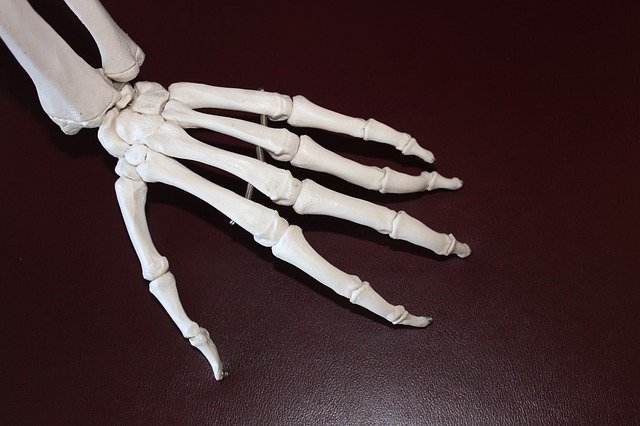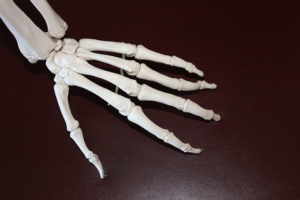HSS study provides insight into real-world medication use for treatment of psoriatic arthritis – News-Medical.Net
Despite clear directives outlined in the updated guidelines published by the American College of Rheumatology/National Psoriasis Foundation (ACR/NPF) in 2018, there is limited data regarding medication use in real-world clinical practice and patient medication preferences for the tr…….

Despite clear directives outlined in the updated guidelines published by the American College of Rheumatology/National Psoriasis Foundation (ACR/NPF) in 2018, there is limited data regarding medication use in real-world clinical practice and patient medication preferences for the treatment of psoriatic arthritis (PsA).
According to a new study conducted by researchers at Hospital for Special Surgery (HSS) in New York City and presented at the ACR annual meeting, there has been a significant increase in anti-IL17 and anti-phosphodiesterase-4 (anti-PDE4) medications being used as initial treatment for PsA since 2018, which may reflect their inclusion as potential initial therapy in the ACR/NPF guidelines, as well as the importance placed by patients on medication side effects.
Regarding patient medication preferences, we found patients highly value preservation of their joint and function as well as safety. We can use these findings to help us tailor our therapy to achieve the best outcomes for our patients.”
Monica Schwartzman, MD, MS, lead study author, rheumatologist at HSS
PsA is a very heterogenous disease with five distinct patterns of arthritis, which can make it challenging to treat. The disease is associated with a myriad of extra articular manifestations, including skin psoriasis, uveitis, and enthesitis, as well as comorbidities such as metabolic syndrome and depression.
The investigators sent surveys to patients in the HSS PsA registry. Preferences were ranked on a five-point Likert scale ranging from “not at all important” to “extremely important.” The median age of the 137 respondents was 60 years, and the median duration of PsA skin symptoms, joint symptoms, and PsA diagnosis by a physician was 19, 12, and 8 years respectively.
The survey solicited information regarding phenotypic features and characteristics of the respondent’s PsA, demographics, initial and current therapy, and medication preferences. Preference domains included medication efficacy for skin and joint disease, time to onset of efficacy, mode and frequency of administration, cost and insurance coverage, need for laboratory monitoring, side-effect profile, ability to affect function, and advice from physicians, peers, or commercial entities.
The researchers found that 62% of patients were first treated with non-steroidal anti-inflammatory drugs (NSAIDs). The most common initial immunomodulatory medications were anti-tumor necrosis factor (TNF)-α (35%), followed by methotrexate (19%), anti-PDE4 (12.4%), other conventional synthetic disease modifying anti-rheumatic medications (csDMARDs) (11.7%), anti-IL17 (5.1%), and anti-IL23 (2.9%). At survey administration, the most common immunomodulatory therapies were anti-TNF-α (30%), followed by anti-IL17 (20.4%), methotrexate (10.2%), anti-PDE4 (8.8%), other csDMARDs (8.0%), Janus kinase inhibitors (2.2%), and anti-cytotoxic T-lymphocyte-associated protein 4 (CTLA 4) (1.5%), while 28% of patients were not on any immunomodulatory therapy. Following the publication of the 2018 ACR/NPF updated guidelines for PsA, a significantly higher percentage of patients’ first medications was an anti-IL17 compared to 2018 or earlier (30% vs 3.5% P<0.001). This pattern was also seen with anti-PDE4 medications (40% vs 11.5% P<0.012).
Medication preferences most respondents ranked as “extremely important” were prevention of joint damage (80%), …….







